As National Geographic Turns 125, A Look Back At The Iconic Images
The National Geographic Society distributed the first issue of its flagship magazine to 165 members in October 1888. The 125th anniversary issue this October will likely reach 60 million, and it will be published in 39 different languages in both print and digital formats.
To say National Geographic has come a long way in its 125 years would be an understatement. Yet, the effect it has had on our culture goes far beyond the pages in print. Walt Disney called the magazine “an invaluable tool” in coming up with his famous characters; the 1916 article “Land of the Best” spurred the establishment of the National Park Service in the United States; and numerous articles in the 2000s by writer Bryan Christy helped overhaul global policies on wildlife smuggling.
However, this October’s issue is all about photography. More than anything else, it’s the stunning photos of the exotic and everyday that have become National Geographic’s trademark over the years.
“Photography is a powerful tool and form of self-expression,” Editor in Chief Chris Johns said of the anniversary edition. “Sharing what you see and experience through the camera allows you to connect, move and inspire people around the world.”
National Geographic featured its first photo (a relief map of North America) in 1889 and its first photo story (about Lhasa, Tibet) in 1905. By 1908, more than half of the magazine’s pages were photographs, leading two members of the board of trustees to resign in protest, claiming National Geographic had become “a picture book.”
Indeed it had, and photos continued to be an integral component of National Geographic in the ensuing decades. By 1943, the magazine issued its first photographic cover, featuring the 49-star American Flag, in honor of Alaska’s entry into the U.S.
Always one step ahead of the pack, National Geographic was the first in the U.S. to have its own in-house color photography lab in 1920, published more editorial color than any other magazine by 1962 and was the first major publication in the world to put a hologram on its cover in 1984. In 2013, its photos have become conversation pieces on social media, where National Geographic is the largest brand on Instagram, boasting more than 2.4 million followers.
Yet, of all the photos in the past 125 years, Steve McCurry’s “Afghan Girl” is, perhaps, the most famous. Coincidentally, it may never have graced the cover of the publication at all if Wilbur Garrett, the magazine’s editor in chief in 1985, didn’t rescue it from a reject pile. The emerald-eyed woman, identified in 2002 as Sharbat Gula, graces the cover once again for the 125th anniversary edition.
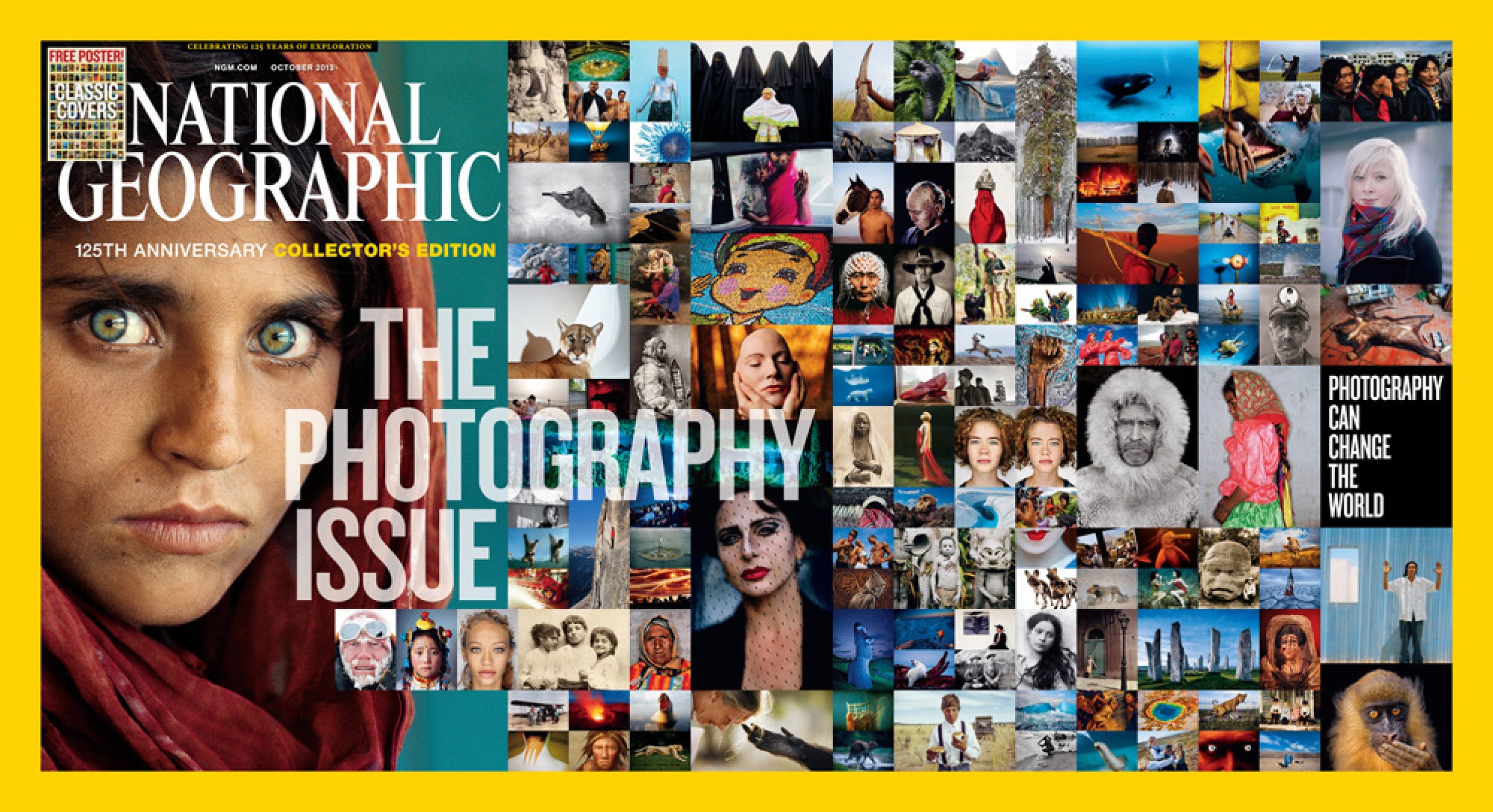
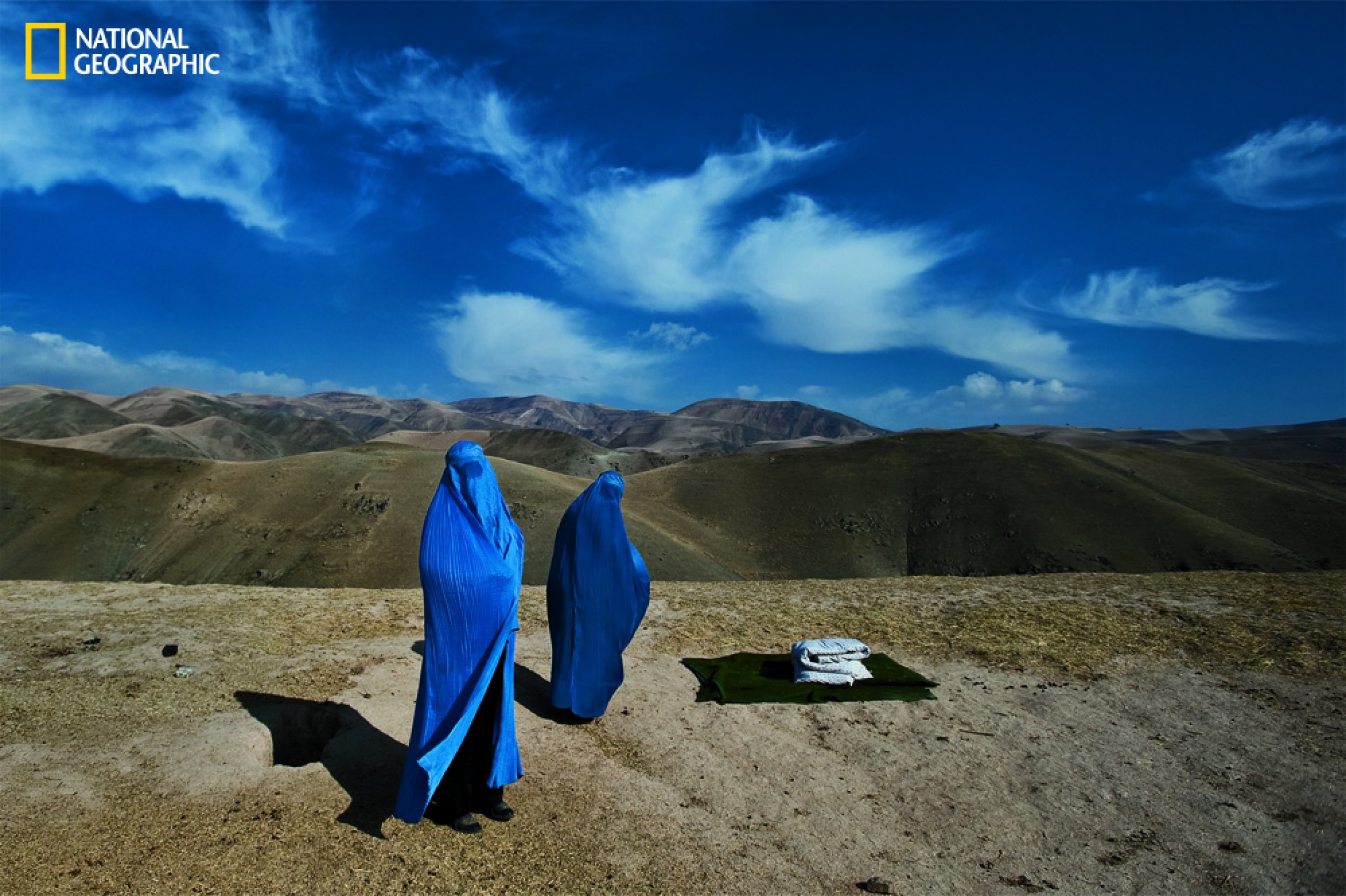
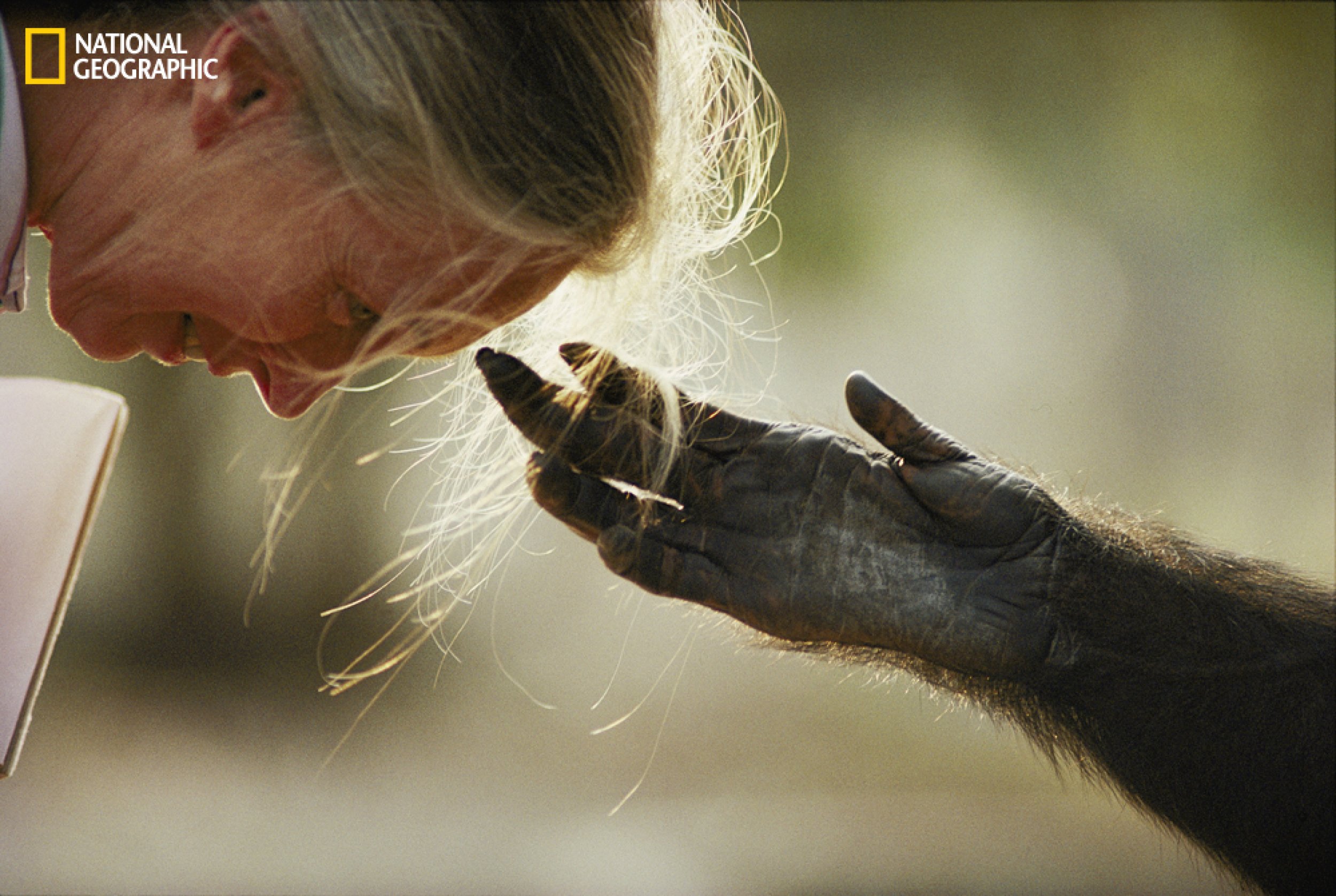
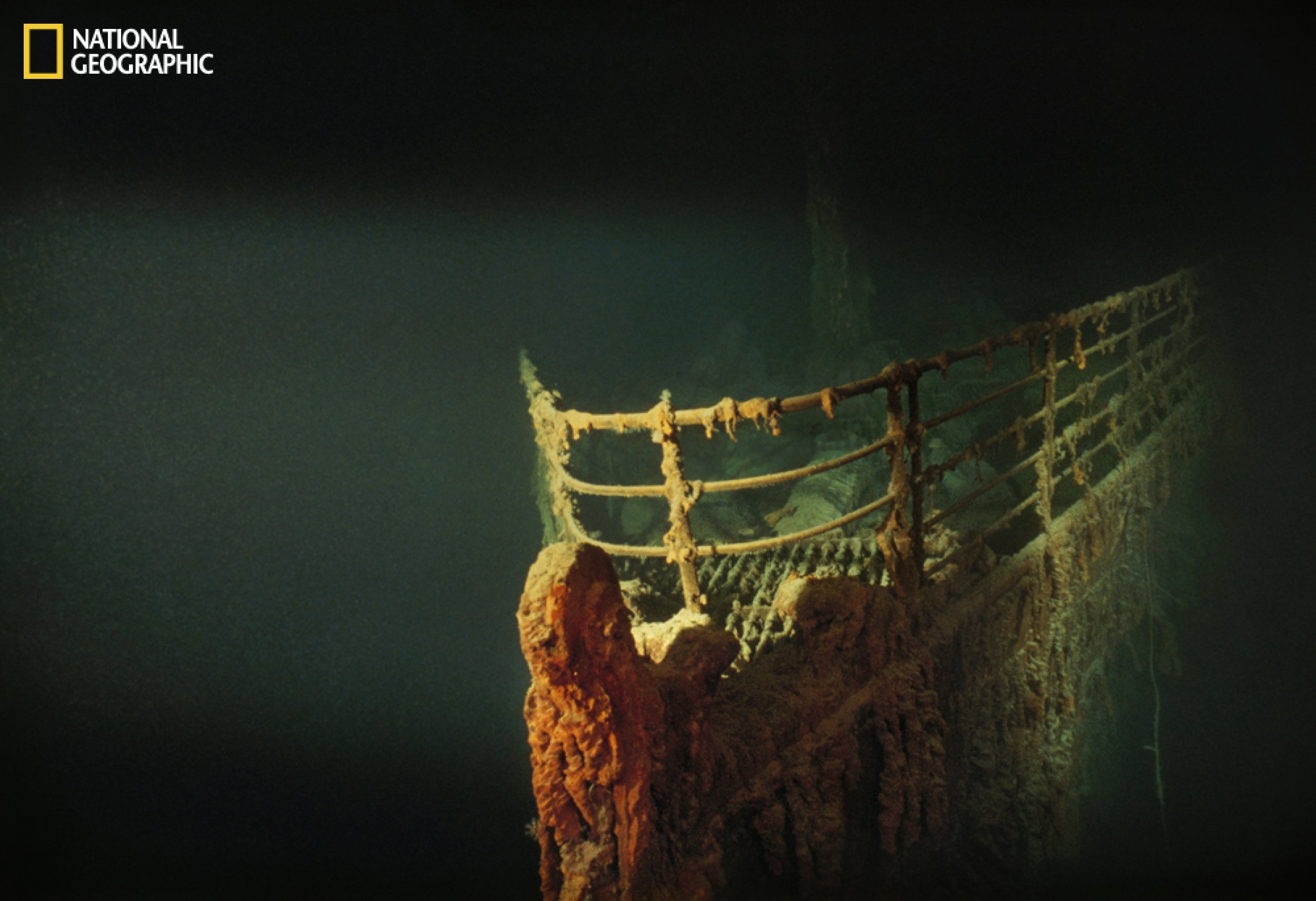
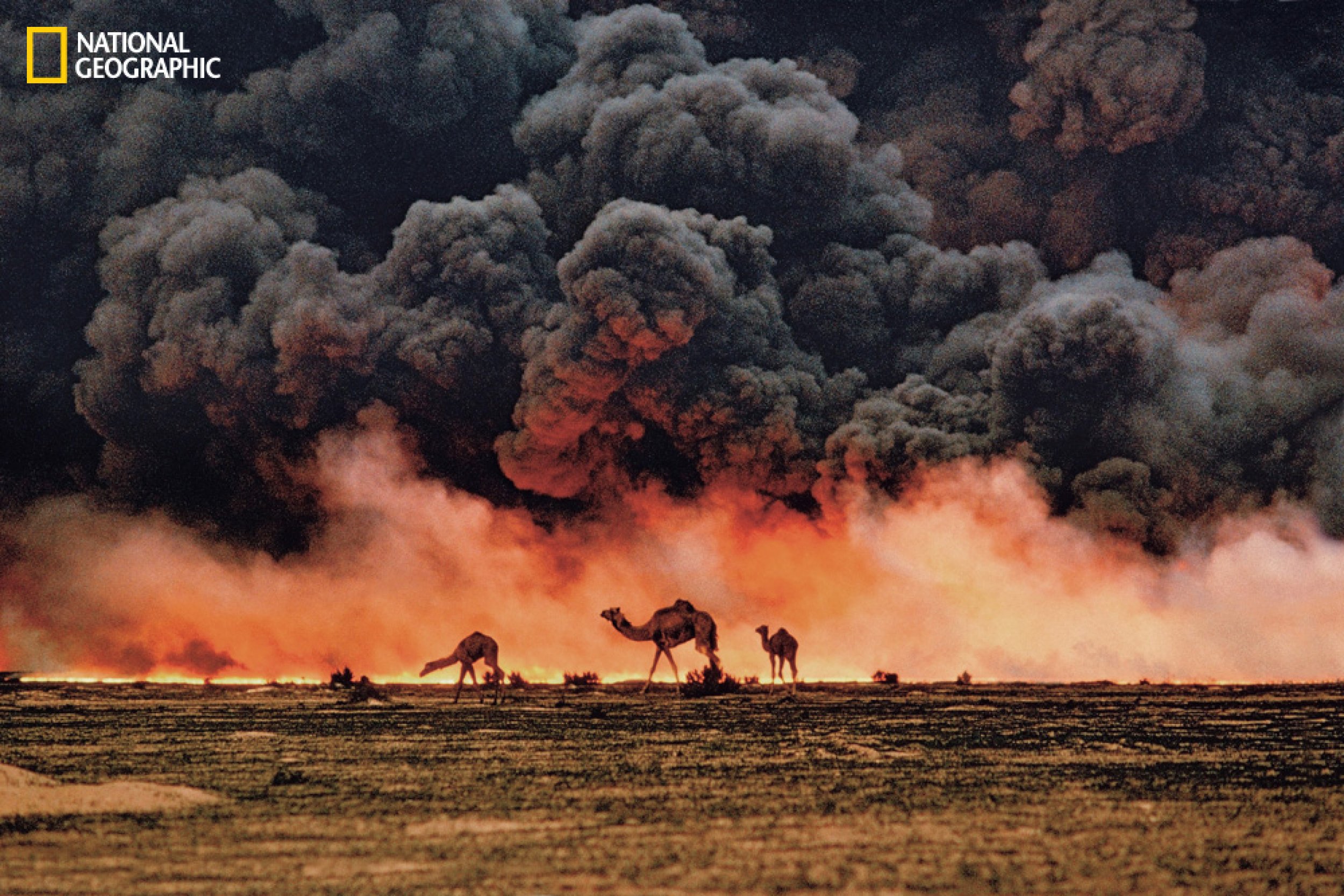
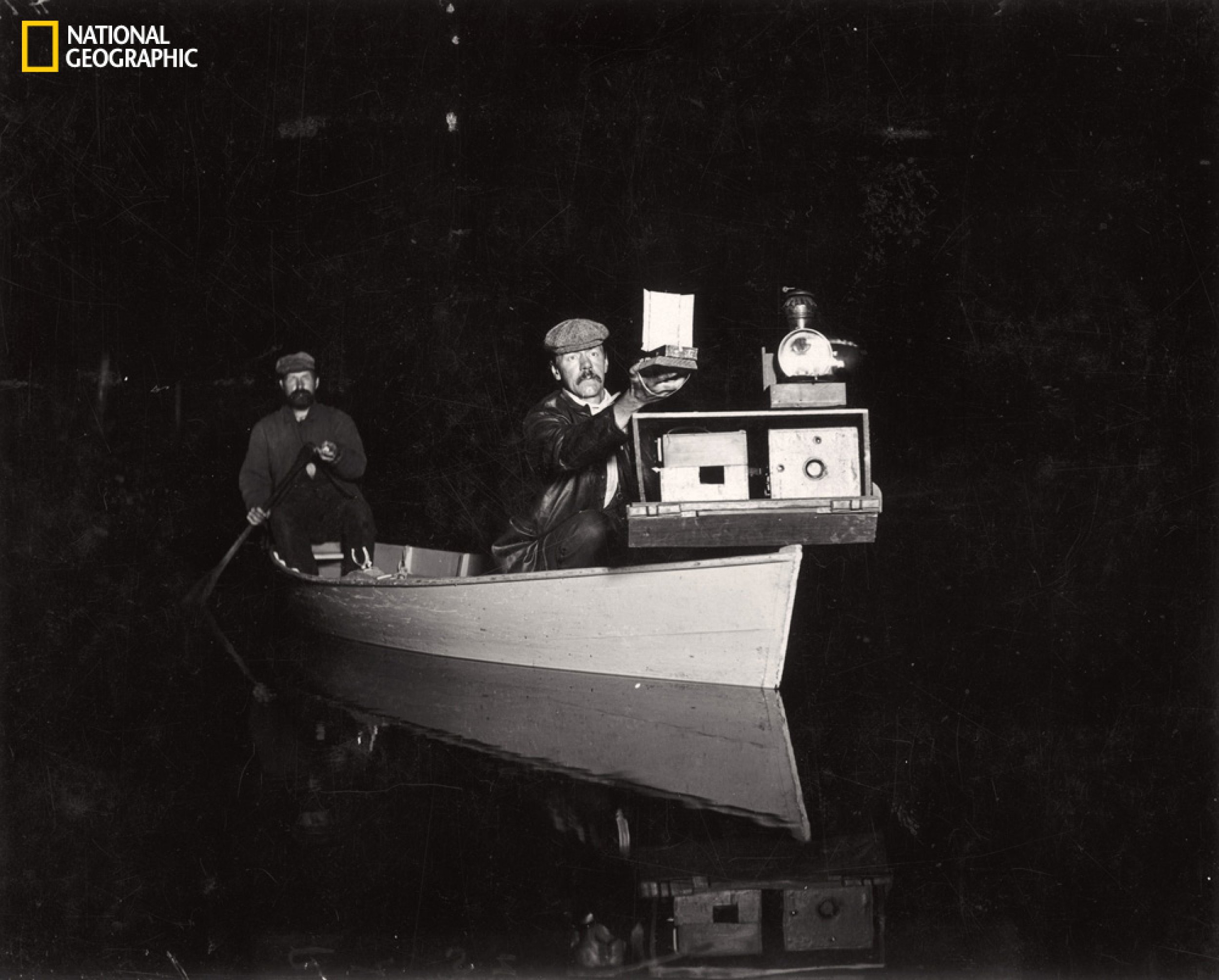





© Copyright IBTimes 2025. All rights reserved.






















